All of the coloring pages displayed on this page are free for personal use (view full use policy). Any brands, characters, or trademarks featured in our coloring pages are owned by their respective holders and depicted here as fan art.
Intricate Human Cell Structure Coloring Pages
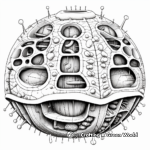
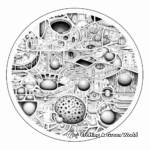
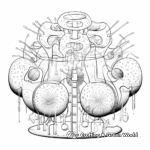
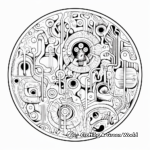
Bird Anatomy Coloring Pages
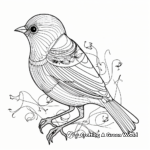
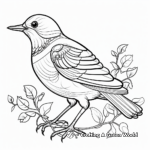
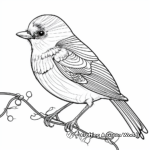

Action-Packed Animal Kingdom Coloring Sheets
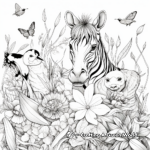

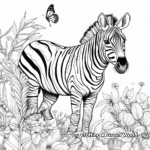
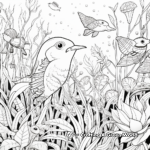
Educational Mendelian Genetics Coloring Pages

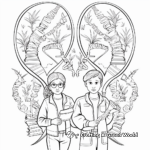

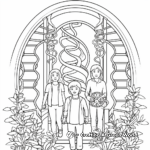
Detailed Insect Anatomy Coloring Pages for Adults
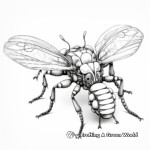
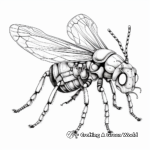

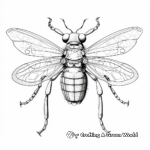
Kid-Friendly Aquatic Life Coloring Pages
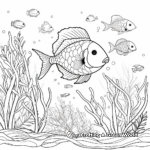
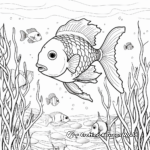
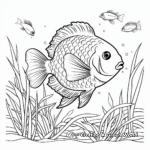
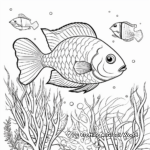
Printable Plant Cell Coloring Pages

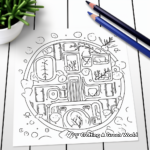
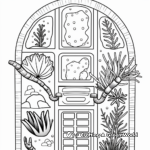
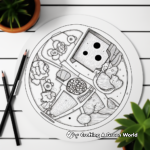
Stimulating Nervous System Coloring Pages
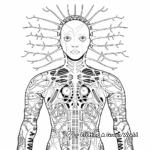
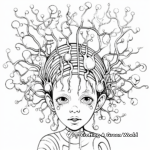
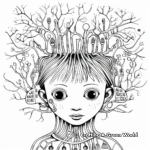
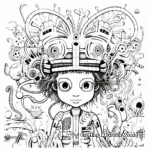
Deep Dive Ocean Ecosystem Coloring Pages


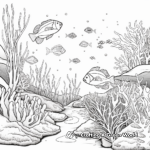

Rainforest Ecosystem Coloring Pages For Children
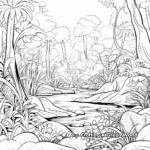
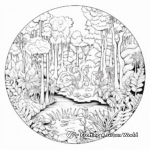
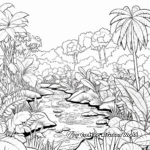
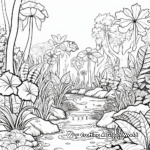
DNA Structure Coloring Pages
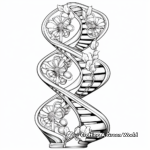
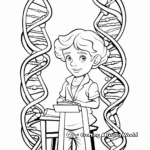
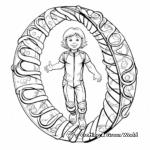

Realistic Digestive System Coloring Sheets

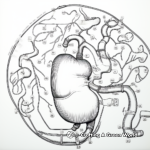
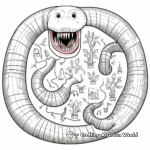
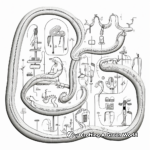
Invigorating Respiratory System Coloring Pages

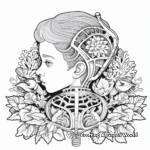
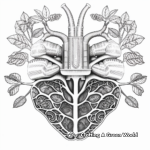
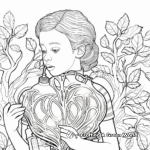
Creative Abstract Microbiology Coloring Pages
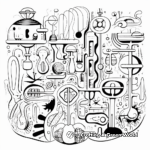
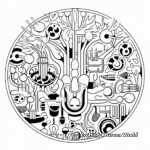
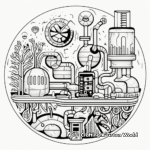
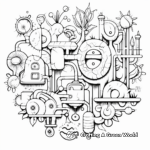
Plant Kingdom Coloring Pages
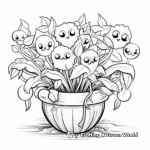
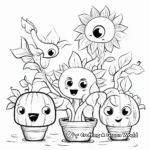

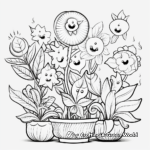
In the Wilderness: Animal Habitats Coloring Pages
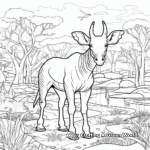
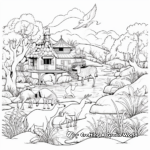
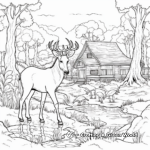
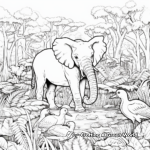
Plant vs Animal Cell Coloring Pages
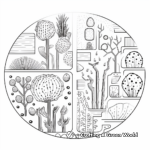

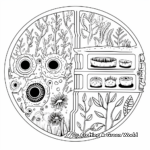
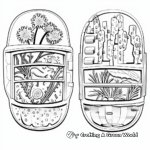
Exploring Photosynthesis in Coloring Pages

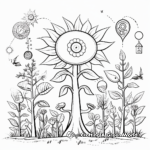
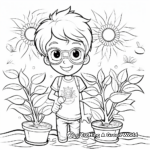

The Human Skeleton Coloring Sheets




Interactive Food Chain Coloring Pages
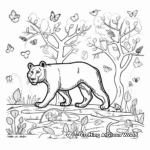
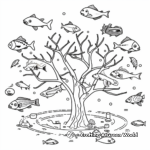
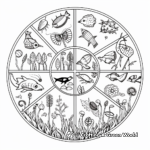
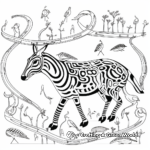
Tips For Coloring Biology
What colors should I use for plant cell coloring pages?
For a plant cell coloring page, you can use green for the chloroplasts, which is where photosynthesis occurs. The cell wall can be a bold color like blue or purple to stand out. The nucleoplasm inside the nucleus can be pink or orange, and the vacuole, which is often the largest part of the plant cell, can be colored light blue.
How can I add more detail and realism to my biology coloring pages?
You can add more detail and realism to your biology coloring pages by researching the specific parts of the biology topic you are coloring. For example, knowing that mitochondria have a characteristic double membrane can inform your coloring, as can understanding the appearance of Golgi apparatus and other cell components. Using variations in shade and color can also help to give three-dimensional depth to your colorings.
Are there any special characteristics of animal cells that I should pay attention to while coloring?
Yes, animal cells have several unique features to keep in mind while coloring. Unlike plant cells, they don’t have a rigid cell wall, so using softer, rounded lines to delineate them might be more accurate. Animal cells also contain centrosomes which help with cell division – these could be colored a different hue from the surrounding cytoplasm to stand out.
What are some interesting facts about DNA that I could incorporate into my coloring?
DNA is composed of two chains that coil around each other to form a double helix. Each chain is made up of a sequence of nucleotides, and it’s the order of these nucleotides that determines your genes. There are only four types of nucleotides – adenine (A), thymine (T), guanine (G), and cytosine (C). You could use a different color for each nucleotide type in your coloring to highlight this fact.
[taxopress_relatedposts id="1"]About Our Coloring Pages
All of the coloring pages displayed on this page are free for personal use. You have our express permission to download, print, color, and enjoy these pages at your own leisure and convenience. Each piece of artwork on this page has been chosen to inspire creativity and make the world of coloring engaging and enjoyable for all age groups. This permission extends to small non-commercial group settings like classrooms or therapy settings - you have our permission to print these for free distribution to small groups.
This permission is granted strictly for non-commercial uses. These images can not be resold, republished, or used for commercial purposes in any form or method. You may not sell the final colored versions, or use them as design elements in a product that is sold. Please contact us for commercial licensing options.
Our priority is to support and inspire creativity among those who love to color. Please join us in honoring this purpose by adhering to these guidelines. Happy Coloring!
